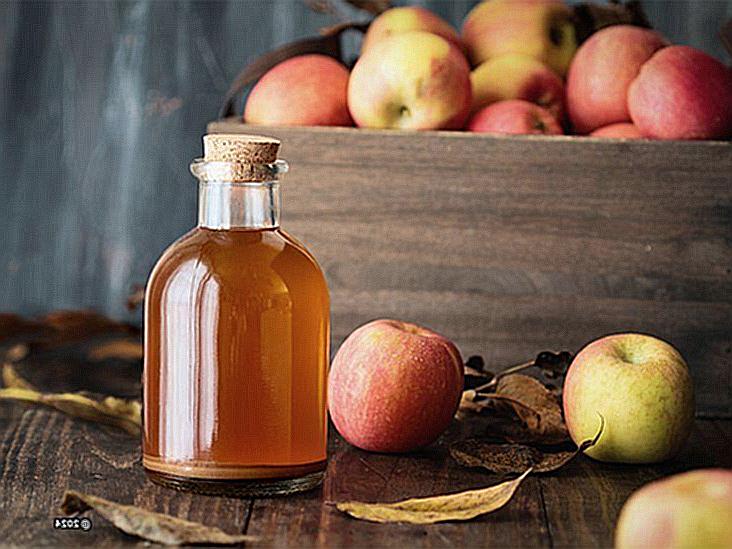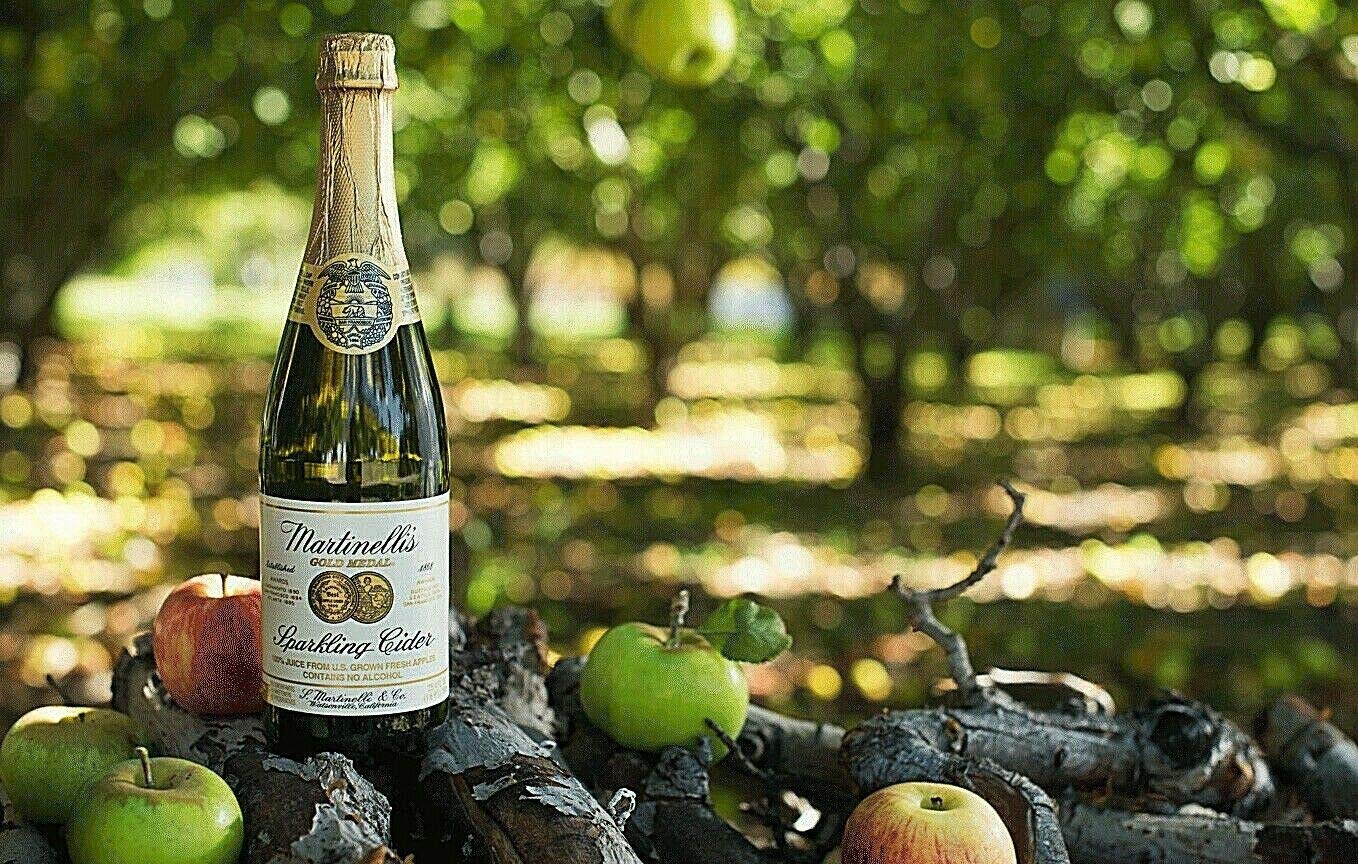Does that bottle of sparkling apple cider in your pantry have an expiration date? The short answer is yes, sparkling apple cider does expire.
However, the shelf life can vary significantly depending on how it’s stored and whether it’s been opened.
Unopened sparkling apple cider can last quite a while past its “best by” date when stored properly:
- In a cool, dark pantry: 3-6 months beyond the date
- Refrigerated: Up to a year past the date
Once opened, sparkling cider should be consumed within:
- 7-10 days if refrigerated
- 2-3 days if left at room temperature
The carbonation will start to dissipate quickly after opening, affecting the taste and texture.
Proper storage is key to maximizing freshness and quality.
In this article, we will talk about how long sparkling cider lasts, how to store it, and how to tell if it has gone bad.
Contents
Does Sparkling Apple Cider Expire?
Yes, sparkling apple cider does expire, with its shelf life influenced by several factors:
- Unopened bottles can last beyond their best-by date if stored properly in cool, dark conditions, often exceeding a year.
- Once opened, cider should be consumed within 7-10 days to maintain freshness and carbonation.
- Proper storage is crucial; refrigeration slows fermentation and helps retain flavor.
- Signs of spoilage include off smells, cloudy appearance, sour taste, loss of carbonation, and swollen or leaking packaging.
To extend shelf life, store unopened cider in a cool place, refrigerate after opening, minimize air exposure, and check for spoilage before consumption.
Does Sparkling Apple Cider Expire If Unopened?
Sparkling apple cider does expire, but an unopened bottle can last beyond its best-by date if stored properly in a cool, dark place.

While the best-by date serves as a guideline for maximum freshness, unopened cider can maintain quality for over a year under optimal conditions.
Once opened, it should be consumed within 7-10 days to ensure freshness and quality, as exposure to air leads to loss of carbonation and flavor. Refrigeration is crucial after opening to slow fermentation and preserve effervescence.
Signs of spoilage include off smells, changes in appearance, sour taste, and loss of carbonation.
Always check for these signs before consumption.
What Are the Signs of Spoiled Sparkling Apple Cider?
Signs of spoiled sparkling apple cider include:
- Off Smell: A sour, musty, or unpleasant odor indicates fermentation beyond intended taste or contamination.
- Change in Appearance: Cloudiness, discoloration, or visible mold signifies spoilage.
- Altered Taste: A sour or vinegar-like flavor suggests spoilage; the cider may have lost its apple flavor.
- Loss of Carbonation: A flat or stale taste indicates the cider is past its prime, though not always harmful.
- Swollen or Leaking Packaging: Bulging or leaking containers suggest gas build-up from excessive fermentation, indicating spoilage.
Monitoring these signs helps ensure the cider is safe and enjoyable.
Does Sparkling Apple Cider Expire? (What Affects the Shelf Life?)

The answer is yes, sparkling apple cider does expire, but the shelf life can vary based on several factors. Unopened bottles can last well beyond their best-by date.
Conclusion
Sparkling apple cider’s shelf life isn’t eternal, but it’s more resilient than you might think. While expiration dates exist, they’re not the final word. Unopened bottles can outlast their “best by” dates by months, especially when stored properly in cool, dark places. Once you pop that cork, though, the clock starts ticking. Refrigeration becomes your ally, extending the cider’s drinkability for up to 10 days.
But how do you know when it’s time to bid farewell to your bubbly apple treat? Trust your senses. Off odors, cloudy appearance, sour tastes, or a sad lack of fizz are telltale signs it’s past its prime. Swollen or leaking containers are definite red flags.
To keep your cider sparkling longer, treat it like the delicate beverage it is. Store unopened bottles in a cool pantry, refrigerate after opening, and minimize air exposure. With these simple steps, you’ll maximize your cider’s lifespan and ensure every sip is as crisp and effervescent as intended. Remember, while expiration isn’t instant, quality does decline over time.




